|
作者:Jamie Smith 关于如何进入游戏产业存在着许多方法,并且关于这份工作总是有许多值得我们学习的地方,甚至是对于最资深的专家也是如此。本文致力于突出六大设计资源,即无需支付任何费用便能获得的永久知识,并补充质量是关键,而时间是必要元素的产业。 注意:可能这一列表中遗漏了某些重要内容。但是这是基于我的个人经验所编辑的,所以并不能反应质量,或者说遗漏某些建议也希望你们理解。 1.《The Art of Game Design: A Book of Lenses》——Jesse Schell 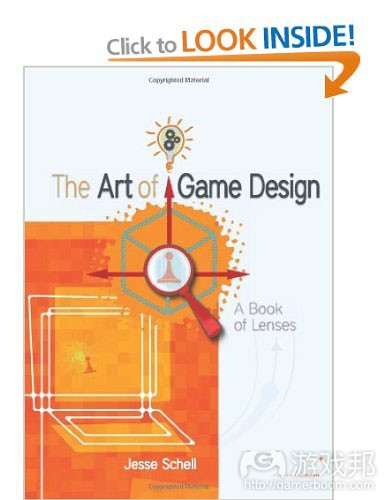 the art of game design(from amazon)
如果你只能拥有一本有关游戏设计主题的书,那么没什么比这本书更适合了。其中的每个章节都是很好理解的,并提供了所有能力水平的相关知识。此外,还为设计师提出了一系列问题希望他们能在开发过程中进行解答。 2.《A Theory of Fun》——Raph Koster 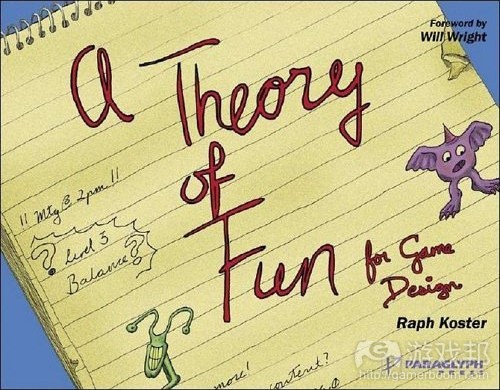 theory-of-fun(from gamasutra)
《A Theory of Fun》是帮助我们更好地理解乐趣是什么,如何使用乐趣以及为什么要使用乐趣等问题的有效书籍。比起答案,它提供了更多引人深思的问题,并且因为配有许多手绘图片,所以更像是一种轻松的阅读,并且能够激发人们的怀旧感。 3.“Method”——Mark Cerny 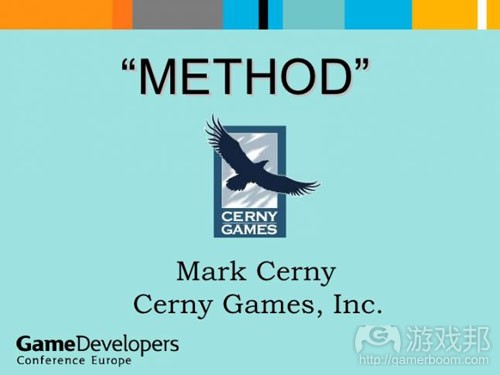 method(from gamasutra)
回到2002年,Mark Cerny在DICE峰会上呈现了“Method”。他之所以创造出“Method”是为了改变大预算游戏基于迭代,质量和创新而进行创造的理论。它引导开发者在继续创造剩余的游戏内容前专注于3C,核心机制以及一些优化关卡。其实这些根本观点很早就出现了,并且直到今日仍保持着产业标准实践。 4.《One-Page Designs》——Stone Librande 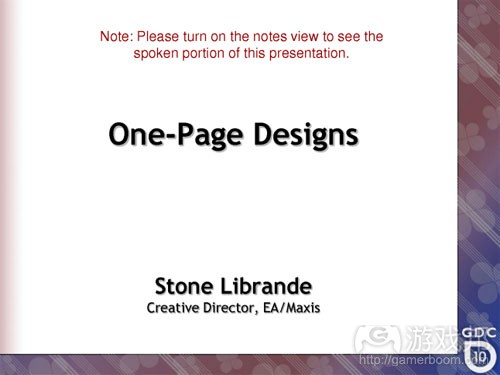 OPD(from gamasutra)
Stone Librande在2010年的GDC大会上的演说触动了我。在信息而非文件优先的产业中,这一演说讨论了理念如何以一致且吸引人的方式进行呈现,同时清楚地概括出范围。受到乐高的安装手册以及建筑蓝图的影响,它引导着我们跨越整个团队去完善信息流。 5.《塞尔达传说:时之笛》——宫本茂 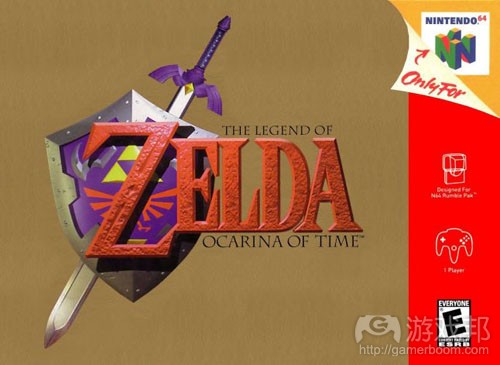 zeldaoot(from gamasutra)
关于第一款出现于该列表的游戏是来自任天堂这点并未让我感到惊讶,尽管《马里奥》系列游戏提供给我们许多选择,但《时之笛》仍然是我一直最喜欢的一款游戏。节奏,范围,各种能力,精心设计的挑战以及让人印象深刻的角色都为剩下的游戏产业设定好可遵循的模版。这是一款经得住时间考验的杰作。 6.《万智牌》——Richard Garfield  Magic_the_gathering-card_back(from gamasutra)
《万智牌》是最后一条,但却并非最不重要的一个。这是一款伴随着许多策略(游戏邦注:自从1993年发行移开就一直得到完善与扩展)的战术纸牌交易游戏。它所依赖的框架让设计师和玩家能够为新的添加内容提出疯狂的理念,只要他们能够依赖于每张纸牌上的魔法成本。一些主要战术经常因为其它纸牌的能量被取消,但它们同样也依赖于节能vs.运气的稳定平衡。 总结 成为游戏设计专家并不存在什么快捷方法,但分析并咨询上述资源的内容将帮助你更好地明确前进方向。不管它是复制你自己的纸上游戏,使用一系列镜头去映射一个核心功能还是分析该多频繁地引进一个新能力,你都能够在各种场景中发现宝石的存在。 Six Sources of Design by Jamie Smith There are many ways to get in the games industry and there is always more to learn on the job, even for the most seasoned professionals. This post aims to highlight six sources of design that provide timeless knowledge for little to no cost, complementing an industry where quality is key and time is of the essence. Do note: there may be some glaringly obvious omissions from this list. However, it is compiled from my personal experience and doesn’t reflect the quality, or lack of, missing suggestions. 1. The Art of Game Design: A Book of Lenses, Jesse Schell If you were to only own one book on the topic of game design then look no further than this. Each chapter is well written, digestible and provides knowledge for all levels of competency. Additionally, there are a series of lenses which propose a wealth of questions for designers to answer during the development process. 2. A Theory of Fun, Raph Koster A Theory of Fun is the go to book for a better understanding of what fun is, how it can be leveraged and why we should leverage it. It provides more food for thought than answers whilst being a lighter read than my previous suggestion due to numerous hand drawn images, often provoking a sense of nostalgia. 3. Method, Mark Cerny Back in 2002, Mark Cerny presented “Method” at the DICE summit. Method was created to change the philosophy of how big budget games were made with an emphasis on iteration, quality and innovation. It led developers to focus on the 3C’s, core mechanics and a few polished levels before deciding to continue with the rest of the game. When first introduced, these radical insights were way ahead of their time and still remain industry standard practise today. 4. One-Page Designs, Stone Librande Stone Librande’s 2010 GDC talk blew my mind. In an industry where information not documentation takes precedence, this presentation discusses how ideas can be presented in a consistent and engaging manner whilst clearly outlining the scope. Inspired by Lego instruction manuals and architectural blueprints, it provides an insight into improving the flow of information across teams of all sizes. 5. Zelda: Ocarina of Time, Shigeru Miyamoto It’s no surprise that the first game that appears on this list comes from Nintendo but whilst Mario may have been the choice for many, Ocarina of Time is still my all time favourite. The pacing, scope, variety of abilities, well designed challenges and memorable characters set the template for the rest of the games industry to follow. It’s a masterpiece that has stood the test of time. 6. Magic The Gathering, Richard Garfield Magic The Gathering is last but no means least. It’s a tactile trading card game with an abundance of strategies which have been honed and expanded upon since it’s inception in 1993. The frame work from which it has been created allows designers and players to propose crazy ideas for new additions, so long as they adhere to the mana costs imposed on each card. Dominant tactics are often nullified by the power of other cards rather than being handicapped but they also rely on a solid balance of skill versus luck. Summary There is no fast track to becoming a game design expert but analysing and implementing the knowledge taken from the above sources will set you well on your way or may even throw up a few curveballs. Whether it be printing off your own paper game, applying a series of lenses to a core feature or analysing how often a new ability should be introduced, there are gems to discover for all manner of scenarios.(source:gamasutra)
|